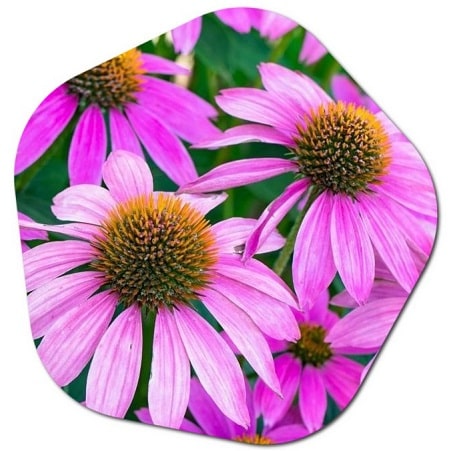What is the purple flowering plant in Wisconsin?
Purple Flowering PlantsHydrangea, forget-me-not, butterfly bush, lily and ajuga are just some of them. These plants, which bloom in spring and summer, fascinate everyone with their purple color. Purple Flowering Plants, Hydrangea, forget-me-not, butterfly bush, lily and ajuga are just some of them. These plants, which bloom in spring and summer, fascinate everyone with their purple colors.
Are there purple flowers? Purple Lilac: One of the most popular types of flowers. Care should be taken to protect them from the heat in summer. Purple Petunia: These are grown extensively on balconies and windowsills. They are among the perennial plant species. What is the name of a purple flower? Some of the purple flowers are lavender, lilac, purple hyacinth, purple rose, purple violet and marigold. Purple flowers are easy-care flowers that almost everyone loves and can be easily cared for at home, on the balcony and in the garden.
One of the commonly seen purple flowering plants in Wisconsin is the Purple Coneflower (Echinacea purpurea). It is a native perennial wildflower that is known for its distinctive purple petals and raised central cone. The Purple Coneflower is a hardy plant that blooms from mid-summer through fall, attracting bees, butterflies, and other pollinators to its nectar-rich flowers. It is often found in prairies, meadows, and open areas throughout Wisconsin.
Wisconsin’s purple flowers
Purple flowers get their color from pigments called anthocyanins. Anthocyanins are water-soluble pigments that belong to a group of compounds called flavonoids. They are responsible for the wide range of purple, blue, and red hues seen in many flowers, fruits, and vegetables. Anthocyanins are produced within the cells of the flower petals. They are synthesized through a complex biochemical pathway involving enzymes and chemical reactions. The exact composition and concentration of anthocyanins determine the specific shade of purple in a flower.

The color of anthocyanins in flowers is influenced by several factors, including pH levels, light conditions, and the presence of other pigments. Changes in pH can affect the stability and hue of anthocyanins, causing flowers to appear more blue or more red in different environments.
Flower coloration is also influenced by other pigments, such as carotenoids and flavones, which can interact with anthocyanins and modify the final color. This interaction between different pigments contributes to the wide range of purple shades observed in flowers. It’s worth noting that while anthocyanins are primarily responsible for purple flower coloration, other factors such as structural coloration (light reflection and refraction) and the presence of other pigments like betalains can also contribute to the overall color appearance of flowers.
- Purple Coneflower (Echinacea purpurea):
- Purple Coneflower (Echinacea purpurea): Native to much of North America, including the United States, the Purple Coneflower is a popular perennial with vibrant purple petals and a raised central cone. It attracts pollinators and adds a touch of color to gardens and natural landscapes.
- Iris (Iris spp.): Irises are a diverse group of flowers, and many species and cultivars feature beautiful purple blooms. From the bearded irises (Iris germanica) to the Siberian irises (Iris sibirica) and Louisiana irises (Iris fulva), there are various purple-flowered irises to choose from.
- Balloon Flower (Platycodon grandiflorus): The Balloon Flower is a charming perennial with balloon-like buds that burst open to reveal beautiful star-shaped flowers in shades of purple, blue, or white. It is found in several regions of North America.
- Wild Bergamot (Monarda fistulosa): Also known as Bee Balm, Wild Bergamot is a native perennial that features clusters of lavender to purple flowers. It is a favorite among pollinators and can be found in meadows and prairies across America.
- Purple Verbena (Verbena spp.): Several species of Verbena produce purple flowers, including the Tall Verbena (Verbena bonariensis) and the Homestead Purple Verbena (Verbena canadensis). These perennials are known for their long-lasting blooms and are attractive to butterflies.
- Spiderwort (Tradescantia spp.): Spiderwort is a group of wildflowers native to North America, and some species, like the Ohio Spiderwort (Tradescantia ohiensis), display deep purple flowers. They thrive in various conditions and add a pop of color to gardens and natural areas.
- Purple Phlox (Phlox spp.): Phlox is a diverse genus with many species that produce purple flowers, such as the Garden Phlox (Phlox paniculata) and the Creeping Phlox (Phlox subulata). These perennials are prized for their vibrant blooms and pleasant fragrance.
These are just a few examples of purple flowers that grow in America. The continent’s diverse climates and ecosystems offer a wide range of flora with stunning purple hues.





